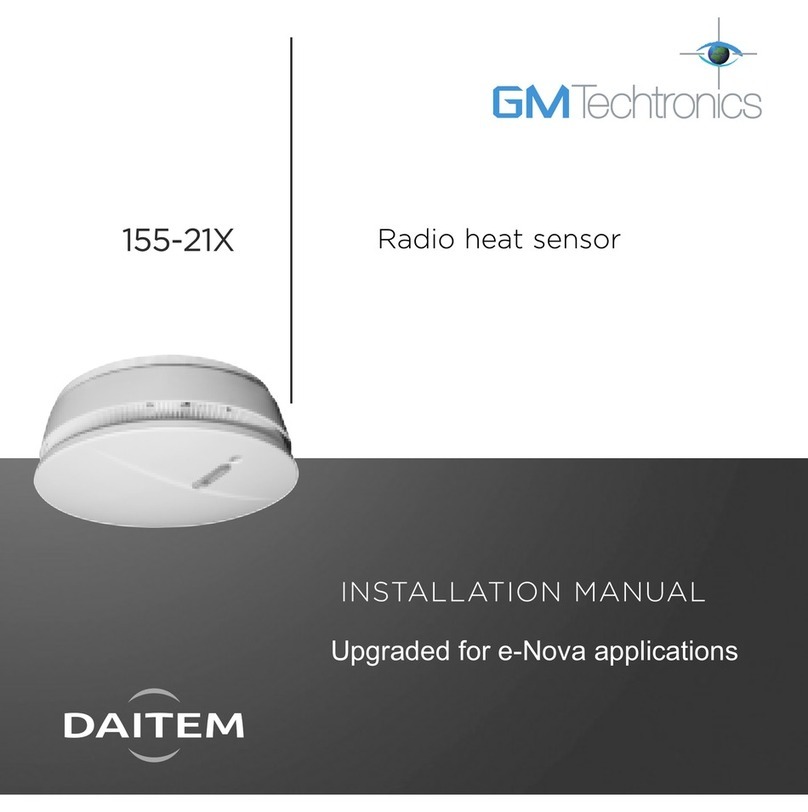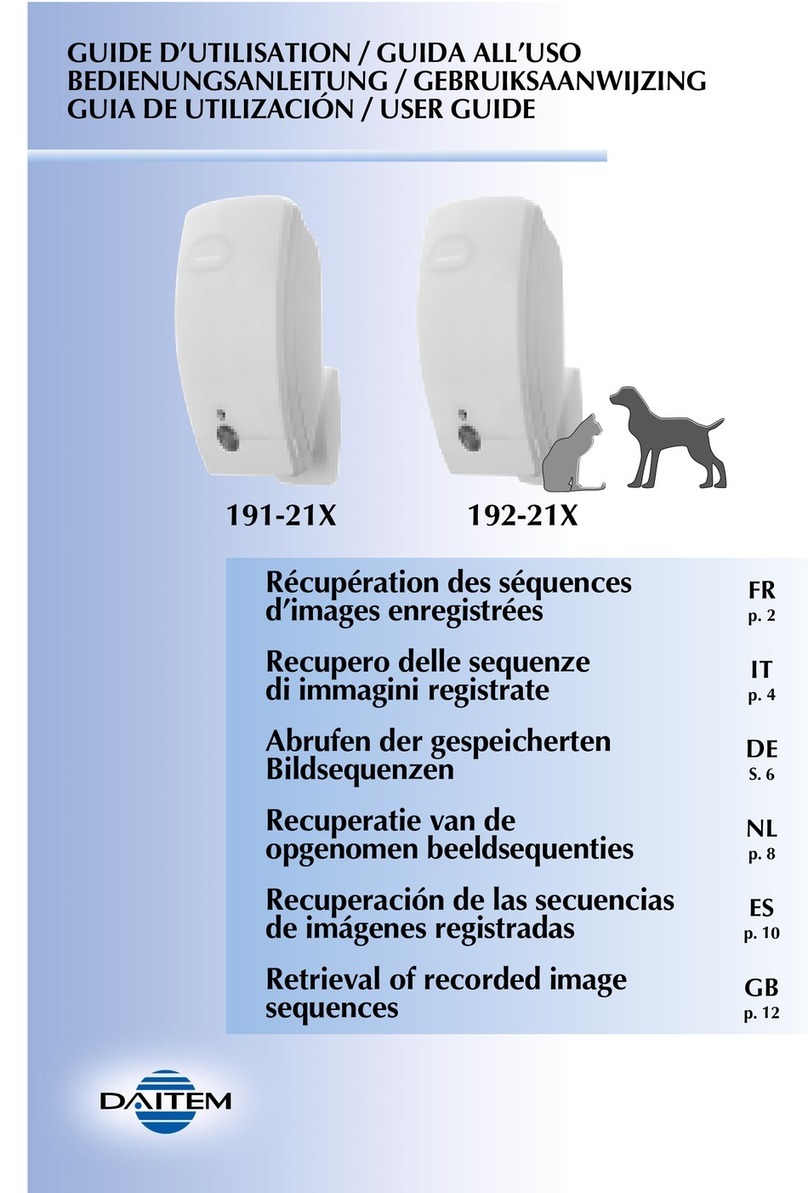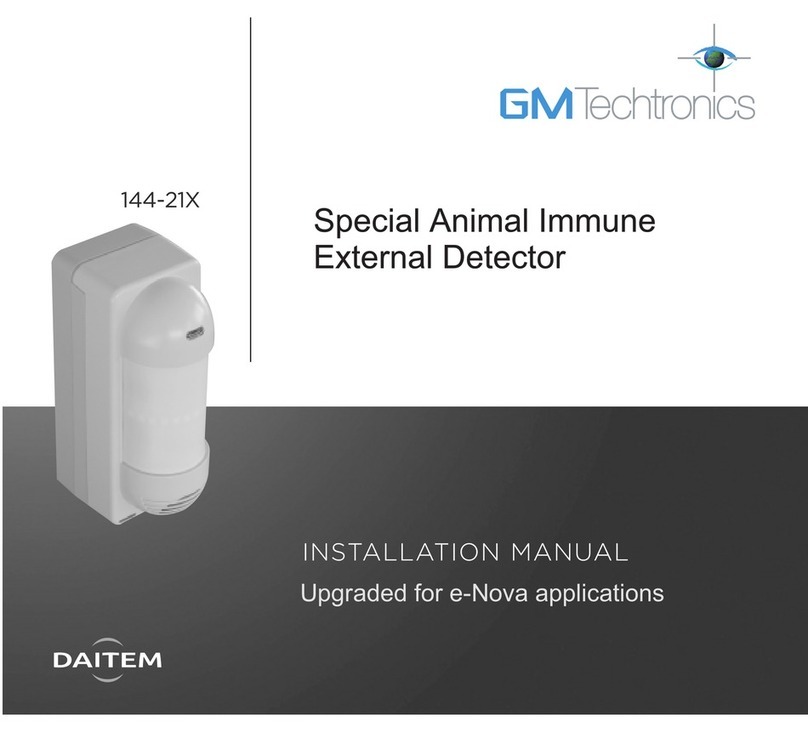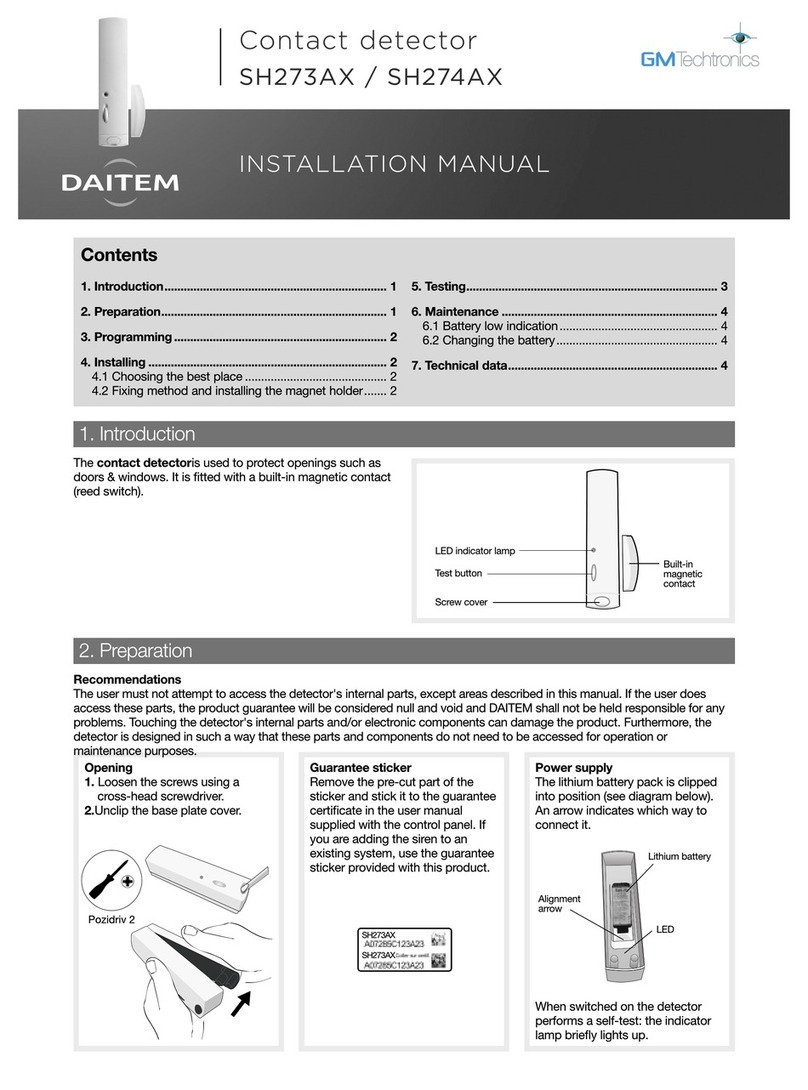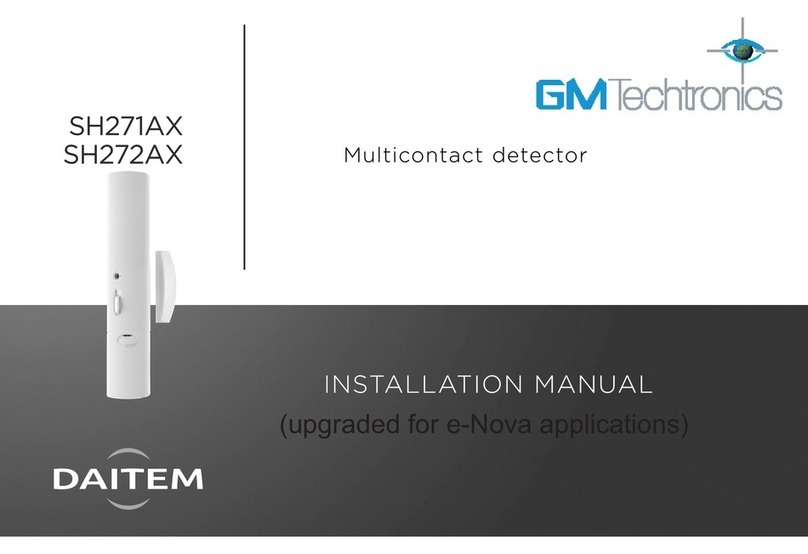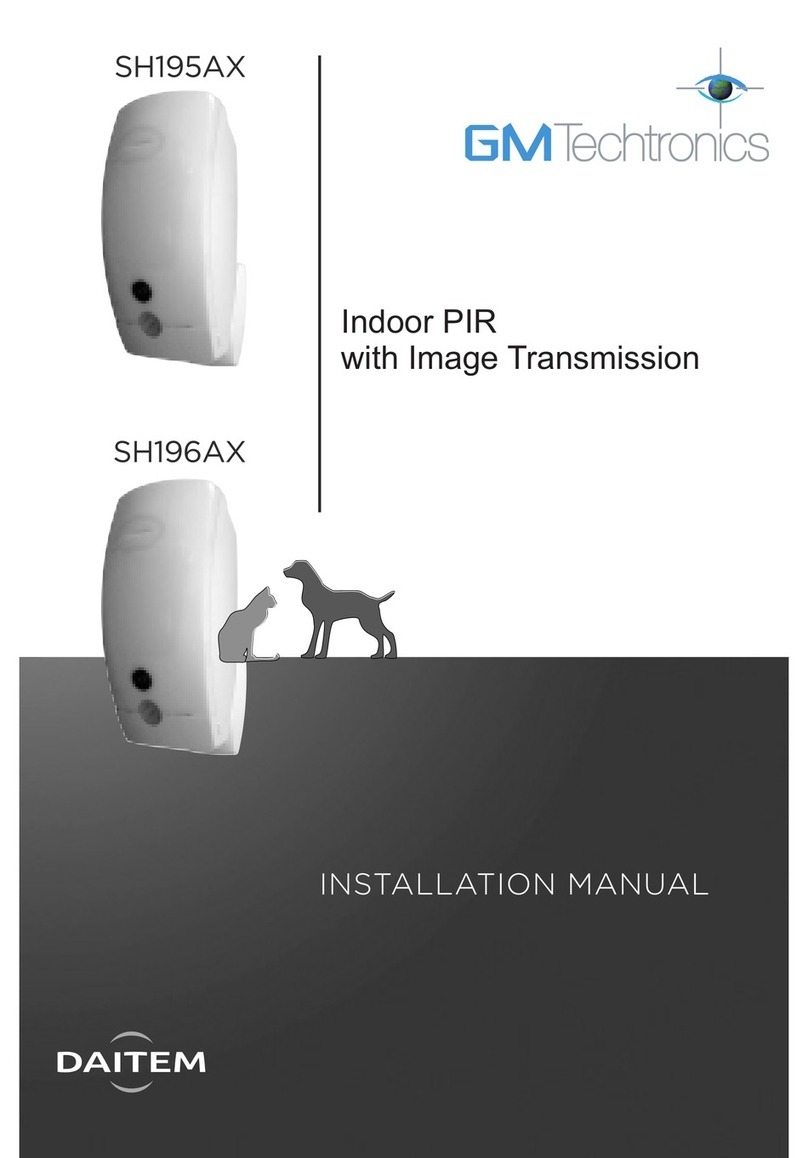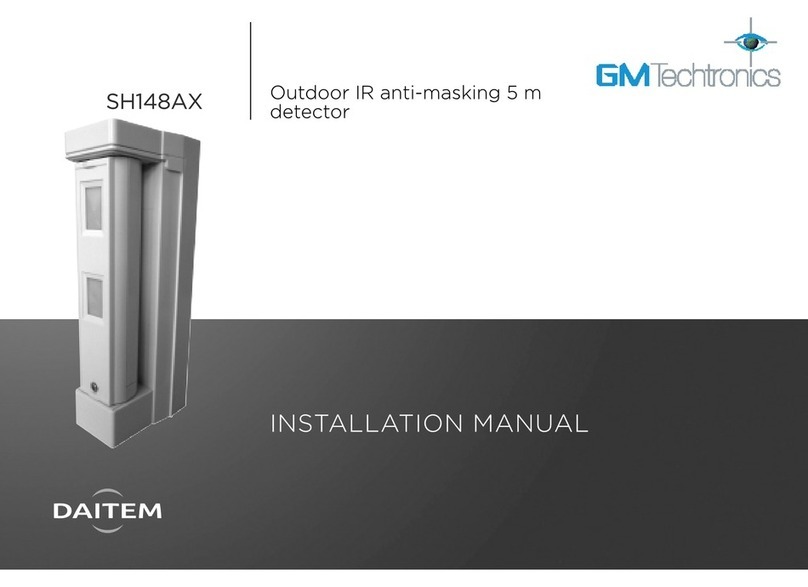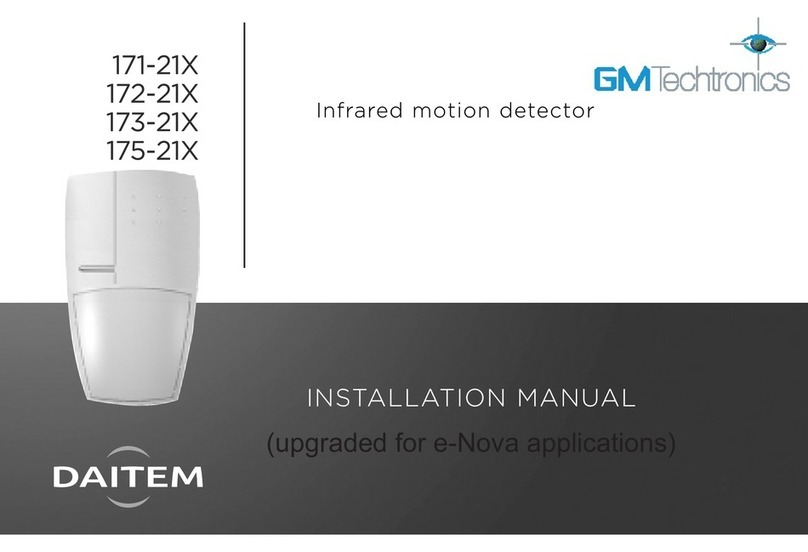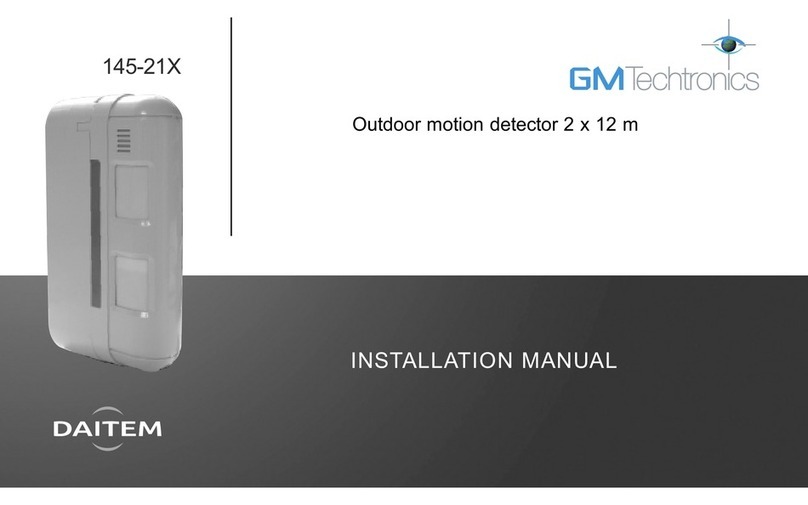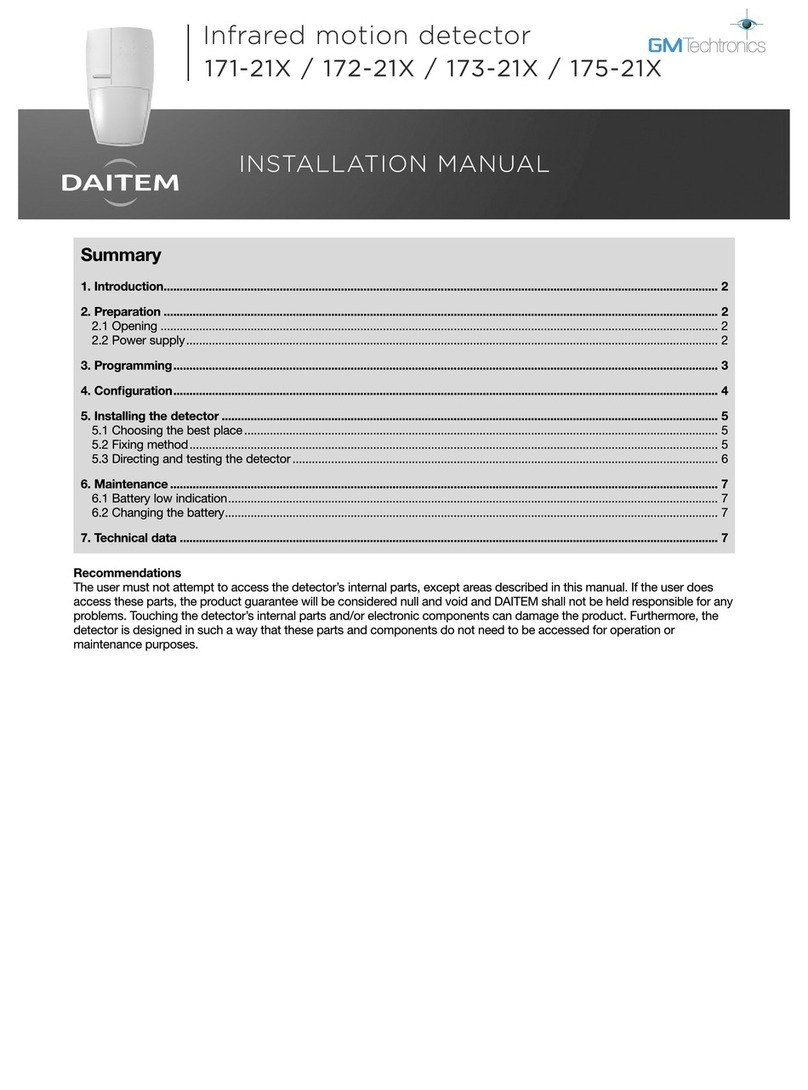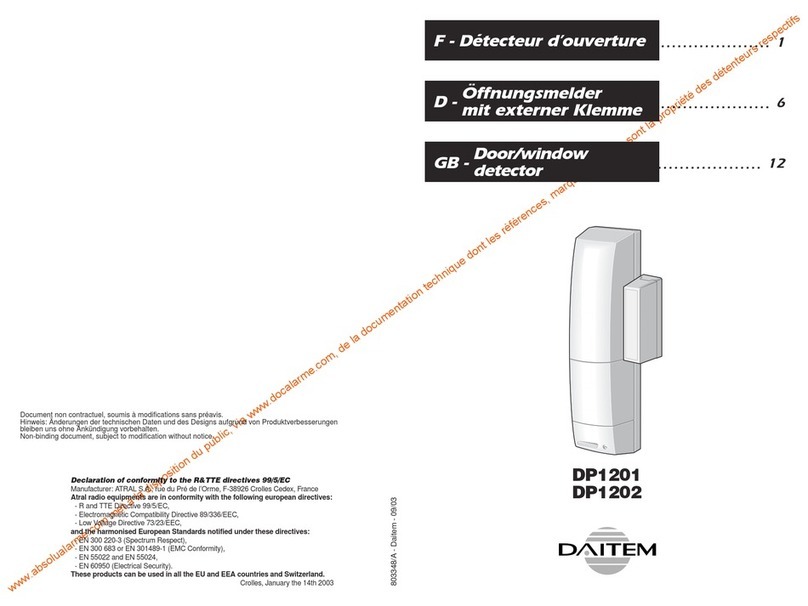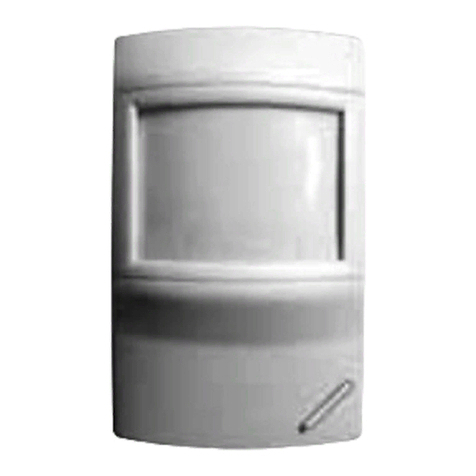212
B
Contents
Foreword............................................................................... 213
1. Presentation ..................................................................... 214
1.1 Function........................................................................ 215
1.2 Description ................................................................... 217
1.3 Accessories .................................................................. 218
2. Preparation....................................................................... 218
2.1 Opening back-box ....................................................... 218
2.2 Opening cover.............................................................. 219
2.3 uarantee label............................................................ 219
3. Preparation of the wireless transmitters & receivers
(S 102AX or S 103AX)................................................... 220
3.1 Power supply................................................................ 220
3.2 Programming the wireless modules ............................ 221
3.3 Voice identification message recording....................... 222
3.4 Wireless receiver alarm level parameter setting.......... 223
3.5 Arming with a beam blocked (in alarm)
or an anomaly............................................................... 224
4. Infra red barrier installation............................................ 225
4.1 Choice of module positioning for various types
of protection ................................................................. 225
4.2 Installation precautions................................................ 226
4.3 Testing radio connections (SH102AX & SH103AX)..... 227
4.4 Fixing the base............................................................. 227
4.5 Interconnecting multiple non radio beam sets............ 230
5. Configuration and adjustments of infra-red detection.. 236
5.1 Description ................................................................... 236
5.2 Selection of infra red beam transmit
& receive channels ....................................................... 237
5.3 Selection of Normally Closed/Normally Open ............ 239
5.4 Optical alignment & verification................................... 239
5.5 Adjustment of detection speed ................................... 242
5.6 Adjustment of alarm inhibit period............................... 242
6. Functional installation test ............................................. 243
6.1 Status of LED indicators .............................................. 243
6.2 Detection test .............................................................. 243
6.3 Radio connection test.................................................. 244
7. Live tests........................................................................... 245
8. Maintenance..................................................................... 246
8.1 Indication of anomalies and faults............................... 246
8.2 Changing the batteries................................................. 247
9. Summary of adjustment of the microswitches ........... 249
10. Installation sheet ........................................................... 250
11. Technical specification ................................................. 251
Recommendations
The user must not attempt to access the device’s internal parts, except areas described in this manual. If the user does access these
parts, the product guarantee will be considered null and void and DAITEM shall not be held responsible for any problems. Touching
the device’s internal parts and/or electronic components can damage the product. Furthermore, the device is designed in such a way
that these parts and components do not need to be accessed for operation or maintenance purposes.
